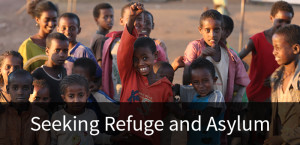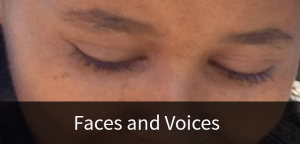Faces and Voices – Children
Faces and Voices – Children, December 2015
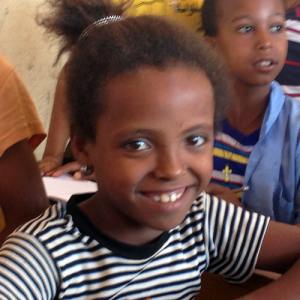
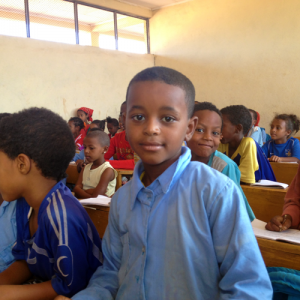
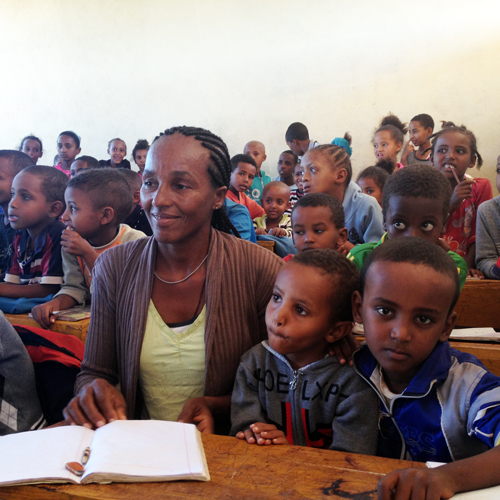
As of December 2015, over 12,000 Eritrean children were living in refugee camps in northern Ethiopia. Of this number, over 2500 were unaccompanied, or otherwise living without parents. Like the other children, the unaccompanied had escaped from their country across a rocky and remote border, evading the Eritrean soldiers who had orders to shoot to kill. But unlike the other children, the unaccompanied had come alone or in groups of friends, commonly arriving with nothing but a small pack of belongings — or less. They had come knowing that they might never see their families again.
In the camps, the unaccompanied children are provided with food, shelter and guardians, but the guardians aren’t always around. The diet is basic, not much varied, and the children are taught to cook for themselves. Educational and recreational opportunities are provided as well, but not all children participate, and altogether there is not very much in the camps for them to do. No prospects for the future exist there. The chances of being resettled in another country through international convention are also extremely dim. So the only alternative to an indefinite stay in the camps often appears to the children to be to set out for Europe: on foot, on their own, and at considerable peril, including by drowning or through abuse by ruthless traffickers.
For the most part, camp life is bleak. The unaccompanied children usually live in tiny huts, five to ten to a hut, with no electricity or running water. Within the hut they often sleep on a single, makeshift mattress. The floors are dirt, and there is barely room for more than a few people to stand. Outside the landscape is arid, the vegetation sparse. The view is open, with small indigenous Ethiopian communities nearby and low brown hills in the distance; but there is really nowhere for the refugees to go. In December 2015 drought and famine threatened the entire region.
The camps are operated by the Administration for Refugee and Returnee Affairs (ARRA), which is the Ethiopian government’s refugee agency. ARRA is supported by the office of the United Nations High Commissioner for Refugees (UNHCR) and a number of NGOs. The staff of all these organizations are highly dedicated, at times heroic in their efforts, but endemically under-resourced. And the current global refugee crisis is taxing their resources further.
Statistics can’t adequately convey the desperation that even adventurous, intelligent and resourceful young people may succumb to in the camps. Instead, what appears at the links on this page are statements of a few of the children, as related to a visitor from The America Team that December.
The photographs shown on these pages were taken on that occasion, but they are not those of the children whose stories appear here.


